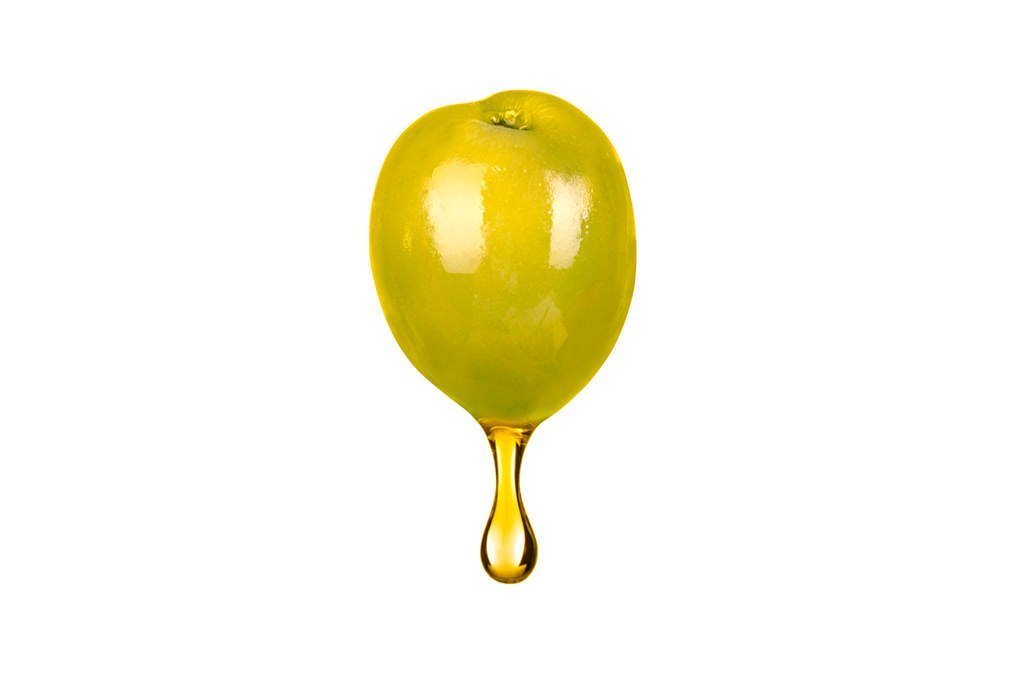It is important to remember that by combining different ingredients it is possible to achieve a perfect match, a truly unique taste experience. Creating rules would interfere with the pleasure of experimenting in the kitchen taking away the freedom of individual sensory experiences. We can however outline some fundamentals without which it would not be possible to fully appreciate the typical characteristics of an oil while searching for our own best combination of aromas, flavours and fragrances.
Differently from wine, which is sipped separately from food, an oil becomes one with the dish, contributing together with other ingredients towards the final result. The role of an oil is to perfect a dish, enriching it with the nuances of its variety. In particular, PDO and PGI oil, drizzled straight from the bottle, will enhance the flavour of all other ingredients.
To understand the art of pairing an oil with a dish, let’s pretend we are creating music. The principal ingredient takes centre stage, like a freshly steamed fish for example. In this case, the best choice would be a delicate oil that will not overshadow the solo artist. More elaborate dishes, rich in spices and flavours, each playing their part in harmony with the others, require an oil that will keep pace with the rhythm: more pungent, more intense, more fruity. Rustic soups will pair up well with fuller-bodied oils, while other dishes may needed a progressive crescendo of spicy notes. An oil with pronounced bitter notes may be the perfect match for a strongly flavoured game dish or may aptly tone down the sweetest of a creamy soup, just like a minuet.
Knowing the sensorial characteristics of each ingredient in a recipe helps to identify the oil best suited to complement them in a perfect equilibrium. This is how we can develop a personal style in the kitchen, selecting the right ingredients and condiments without losing our way. To create a harmonious dish we must also blend together the right proportion of knowledge, passion and curiosity. A tip on how to identify sensory differences: dress small portions of mashed potatoes with each oil. Because of their texture and neutral flavour, potatoes are better than bread at retaining the character of a condiment. This is what the art of capturing taste is all about!
Consumers who choose PDO or PGI condiments already show knowledge and passion, a good starting point for experimenting. For instance, the notion that a regional dish demands an oil from that region is not written in stone. Changing the ratio of aromas in a recipe may change the role played by the oil: from toning down to boosting up a particular flavour. A sumptuous pesto sauce can be obtained even with an intensely fruity oil, as long as the amount of both garlic and pine nuts is increased and parmesan cheese is replaced with pecorino, so as to prevent the strong flavour of the oil from taking over.
Keeping to a small number of aromas makes it easier to identify whether the ingredients, oil included, harmonise with one another. Simple dishes make it easier to find the right combination by trial and error, in order to achieve that perfect balance that satisfies the recipe as well as personal taste.
A gourmet’s kitchen will be stocked with at least three different oils, with a delicate, medium and intensely fruity notes. They will allow the chef to experiment with different recipes, mixing and matching ingredients, freeing your creativity.
Premium oils require proper storage. The purchase of a high quality extra virgin olive oil is in fact the purchase of olive juice extracted from perfectly ripe olives, when they are at their peak.
As soon as the bottle is opened deterioration begins, affecting its characteristic aroma.

It is therefore extremely important to store the oil with due care. The bottle should always be properly closed as oxygen is oil’s greatest enemy. Excessive light and high temperatures should also be avoided. Keep the bottle away from direct sunlight and in a cool place but not overly cold. At temperatures below 10°C some oils begin to freeze losing their fluidity and some of their sought-after characteristics.
© 2017 Primoli – P.Iva 01165110998 – Molo Ponte Morosini, 49/7 – 16126 Genova GE – +39 010 2530024